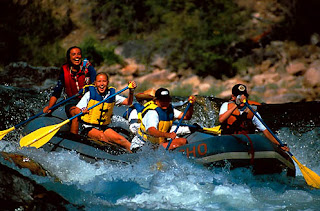On the earth's surface, 70% is covered by water. Of this water, 97% is contained in oceans as salt water, and is therefore not usable for drinking or irrigation. Of the 3% that is freshwater, only 0.3% is easily accessible and clean enough to drink. That means that of the massive stores of water we imagine across the globe, 99.7% are essentially unusable.
- The result is that water must be conserved and used efficiently. Therefore, the need to manage water arises is a response to matching the supply of water to people with their domestic and industrial needs- needs such as household use, manufacturing, irrigation, recreation and navigation.











